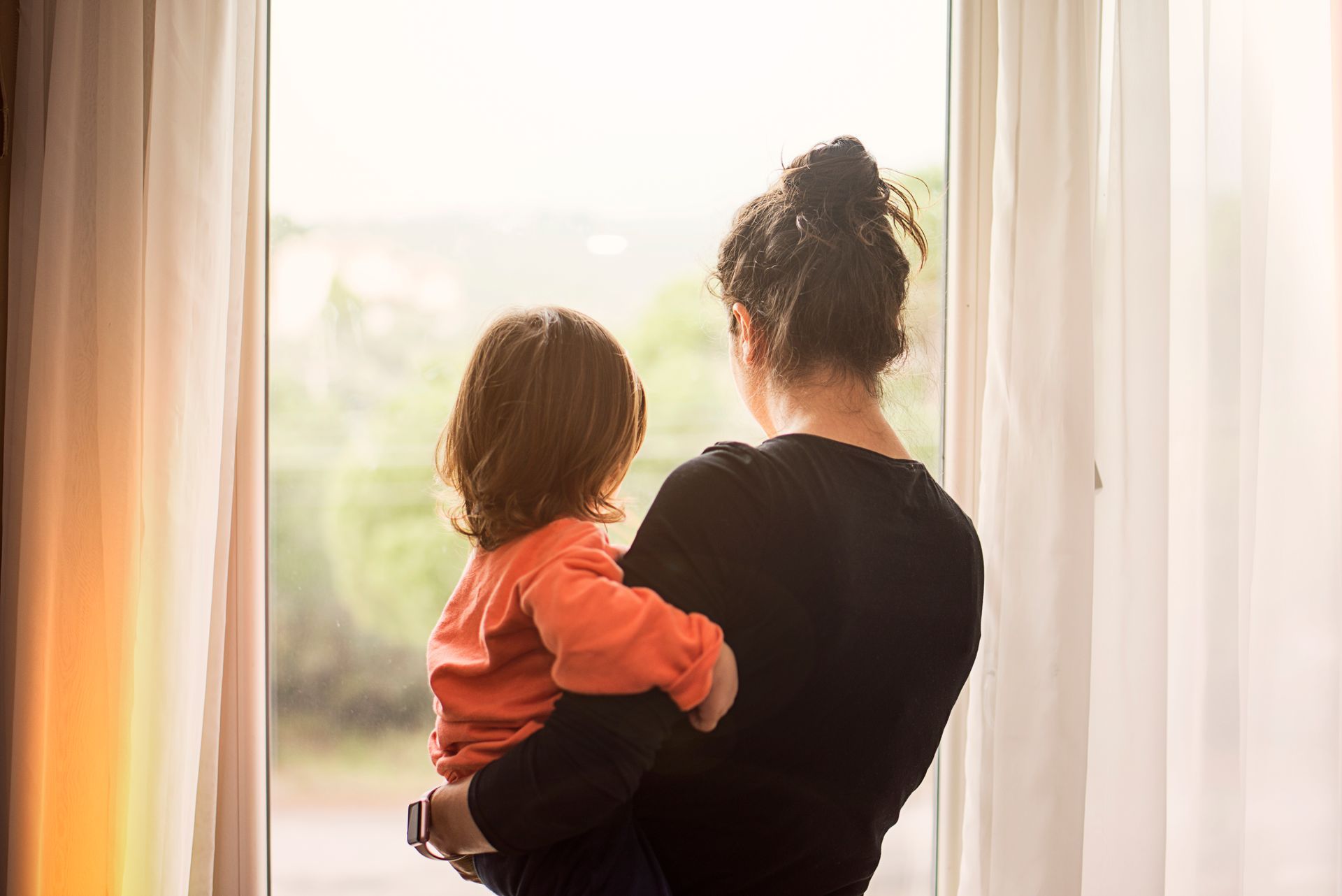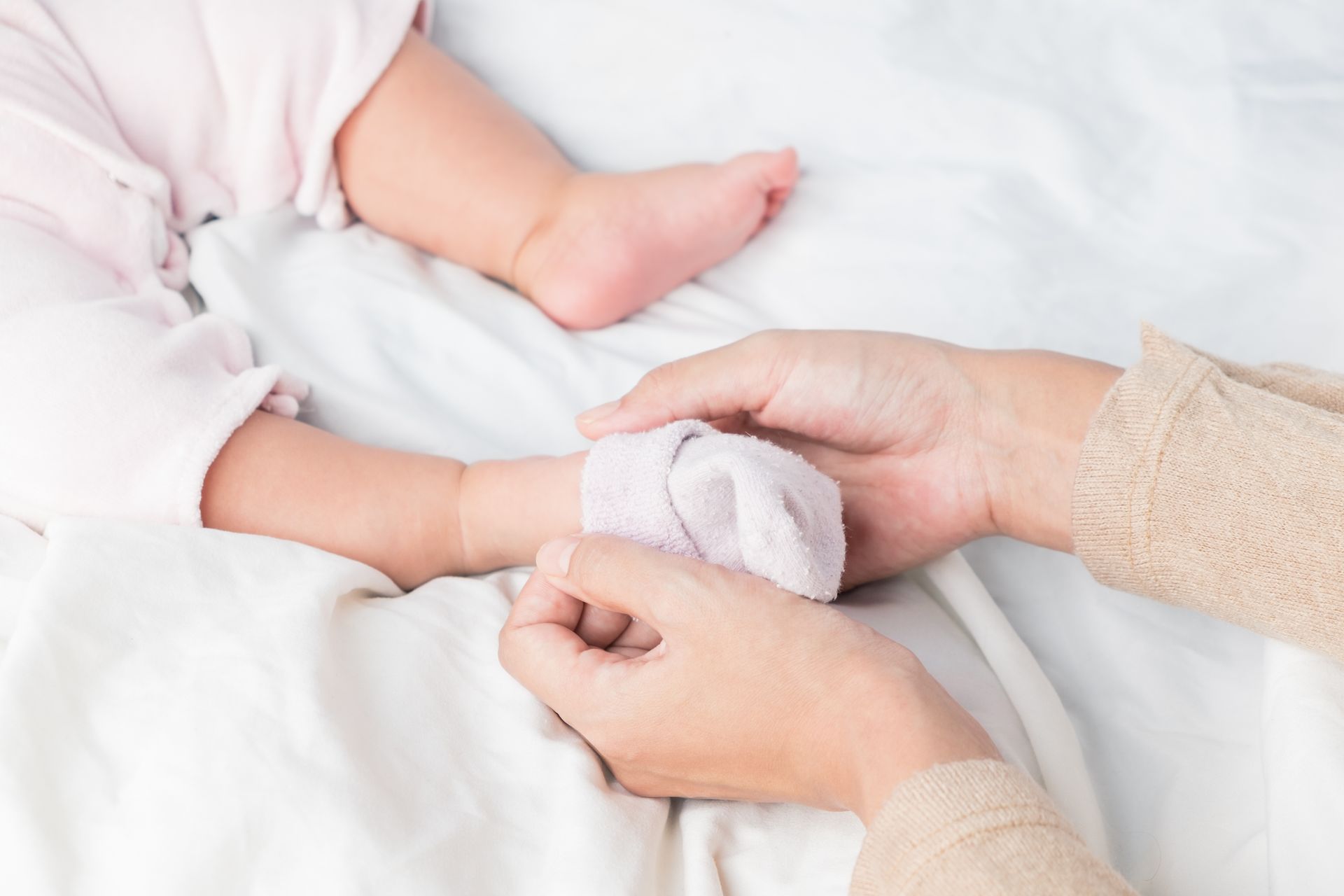Why Worldwide Limits on Sperm Donation Matter to Families Like Yours
If you’ve seen recent headlines about sperm donation, you might have come across stories like the one about “Joe Donor” – a man who claims to have fathered over 180 children in the UK and later tried to gain parental rights over one of them.
For many families, stories like this raise some important questions: How can this happen? And what is being done to prevent it? When you're building your family with the help of a sperm donor, you deserve to feel confident that the process is responsible, transparent, and ethical — for you, and for your future child.
Family Limits – What Are They?
In most countries, there are national rules in place that limit how many families a sperm donor is allowed to help. These limits aim to protect donor-conceived children by reducing the risk of accidental contact between donor siblings and ensuring a more manageable number of potential half-siblings.
As a licensed sperm bank, we always comply with these national rules. Here’s a quick look at the current family limits in selected European countries:
| Country | Limit |
|---|---|
| United Kingdom | 10 Families |
| Germany | 15 Families |
| Switzerland | 8 Families |
| Austria | 3 Families |
| France | 10 Children |
| Sweden | 6 Families |
| Norway | 6 Families |
| The Netherlands | 12 Families |
| Denmark | 12 Families |
You can check the national family limits for your treatment country here.
While these limits are important, they only apply within national borders. Currently, there’s no global law that stops a donor from helping families in several countries. That means a donor could help 10 families in one country, 15 more in another, and so on.
What Do Our Worldwide Limits Mean for You?
At Born Donor Bank, we strongly believe that families like yours deserve full transparency. That’s why we’ve set worldwide family limits for all of our donors from the very beginning.
Every donor is capped at either 25 or 75 families worldwide, and this limit applies to all donors - whether they’re ID Release or No ID Release.
We have set these worldwide limits on the number of families per donor, in addition to the nationally implemented limits, because we believe they matter.
According to the research article "Evolving Minimum Standards in Responsible International Sperm Donor Offspring Quota" an international working group of experts concluded that the worldwide number should never exceed 100 families – with many recommending lower caps, like ours.
Our worldwide family limits give you:
- A clear understanding of how many families your donor is allowed to help in total
- Reassurance that your child won’t have an uncontrolled number of donor siblings
- More control and peace of mind throughout your fertility process
You’ll always find the donor’s worldwide family limit clearly displayed on their profile in our donor search.
We Were Born with Worldwide Limits
When we started out in 2016, we introduced our worldwide limit of 25 families from day one. We did this not because we had to — but because it felt right. As we grew and welcomed families with different needs and budgets, we added a 75-family option to offer more flexibility while maintaining responsible limits.
Our pricing is clear and simple as well — based only on:
- Family limit (25 or 75)
- Sperm motility
- ID release status
This means that we have no extra charges for extended donor profiles and no fees for photos or additional donor information. You can explore your options at any time by visiting our pricing page.
Ethical Councils Are Calling for Change
Currently, ethical councils in Denmark, Norway, Sweden, and Finland are calling for legally enforced worldwide limits on sperm donation, and we welcome this initiative.
“I think this is a big step forward — not just for us as a sperm bank, but for the families we help. It reflects growing concern about what can happen when worldwide family limits don’t exist,” says Marlene Stensballe Vium, CEO at Born Donor Bank and board member of the Industry Association for Egg and Sperm Donation.
“For years, we’ve advocated for worldwide limits because we know how much they matter to donor-conceived people and their families.
Seeing national ethics councils take a clear stance on worldwide family limits shows that the concerns we’ve raised are finally being heard. This kind of regulation isn’t just important — it’s essential. It’s about safety, transparency, and trust.”
At Born Donor Bank, we’re proud that the limits we put in place from the start are now being recognised as the standard to aim for — and we're encouraged to see others following our lead.
We believe that our proactive stance on family limits has helped shape the market — creating awareness and inspiring other sperm banks to adopt the worldwide limits we defined early on.
A national donor register is now being launched in Denmark, and we’re glad to have contributed to making it a reality through our membership in the Danish Association for Egg and Sperm Donation. The register will help ensure that donors can’t sign up with more than one sperm bank and avoid the rules they’ve agreed to follow. We’re really looking forward to this development, as it will help ensure these important rules are followed by all sperm banks.
We are Just a Conversation Away
Choosing a donor is a big decision — and you deserve to feel fully informed and supported from start to finish.
Whether you’re just beginning to explore your options or you’re ready to choose a donor, we’re here to guide you every step of the way:
- Browse donor profiles to explore your options in your own time
- Visit our pricing page for a clear and simple overview of costs
- Contact our Client Care Team with any questions — big or small
You’re not alone in this. And when you’re ready, we’re ready too.
The Born Newsletter
Sign up for our newsletter to be the first to access new donor previews, explore inspiring stories on our blog, and receive invitations to our upcoming webinars.
Other blog posts











